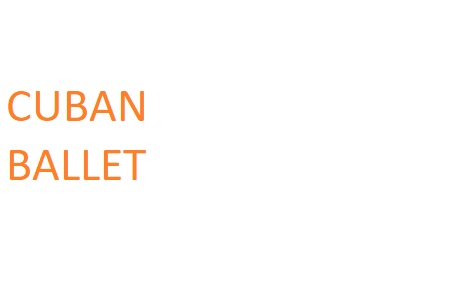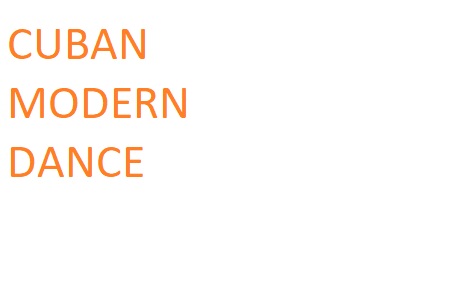Rumba
The African roots
Rumba is a genre of traditional music originated in Cuba during the 19th century. From African roots, the Cuban rumba is considered the mother of numerous Latin rhythms and dances, such as salsa, and it has derivations in various Latin American countries. In November 2016, UNESCO registered the Cuban rumba, a festive mix of dance and music, and all the inherent cultural practices as a member of the Representative List of the Intangible World Cultural Heritage.
It is danced in pairs or alone. The dancers dance to the rhythm of the claves. They produce rhythmic patterns with their hip and pelvic movements, which one of the drums reproduces on their percussion.
In Cuba, a family of musical rhythms and a style of dance are known as rumba. The rumba dance cultural complex includes three types of dances: yambú, columbia, from the city of Matanzas, and guaguancó, from Havana.
All the musical instruments used in Cuban rumba are percussion. The melody in the Cuban rumba is carried by the singers.
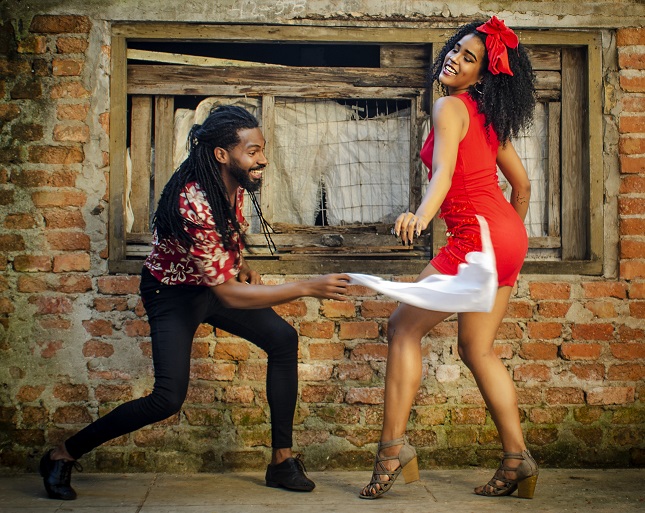
a festive mix
of dance
and music
The instrumentation for the rumba includes three tumbadoras (tumbadora or Congas is a drum invented in Cuba that, unlike Africans, has keys). Two of the drums (the first tumbadora and the second or three) set the basic rhythm. The third tumbadora, called the fifth, and tuned higher, gives the improvised blows, which are the flourishes addressed to the dancers.
The rumba can be danced in various ways depending on the rumba style.
In the case of Guaguancó, it is danced in a position of semi-flexed legs, low back and alternating arms and legs according to the foot that we will naturally move. For example: if we move the right foot, we will move the left arm, then remove the left and move the right arm. The basic step consists of the pelvis movement in the case of men and the 8-shaped hip in the case of women, which creates an “illusion of rebound” when moving the whole body (arms, feet, hips, pelvis and shoulders).
In the case of Columbia, the basic step is the same. It will be danced in a more upright and less “flirtatious” way. The movements will be slow at times, and in others excessively fast because it is a style that wants to show elegance and skill, thus playing with the times and the astonishment of those who observe. Knives or machetes are sometimes used or “obstacle” tools on the floor such as bottles to demonstrate manhood, virility, prowess and dexterity.
In Yambú, there is generally little movement.
“Rumba is more than just music and dance – it’s an expression of the island’s identity. It’s pure Cuba – a pure hybrid.”
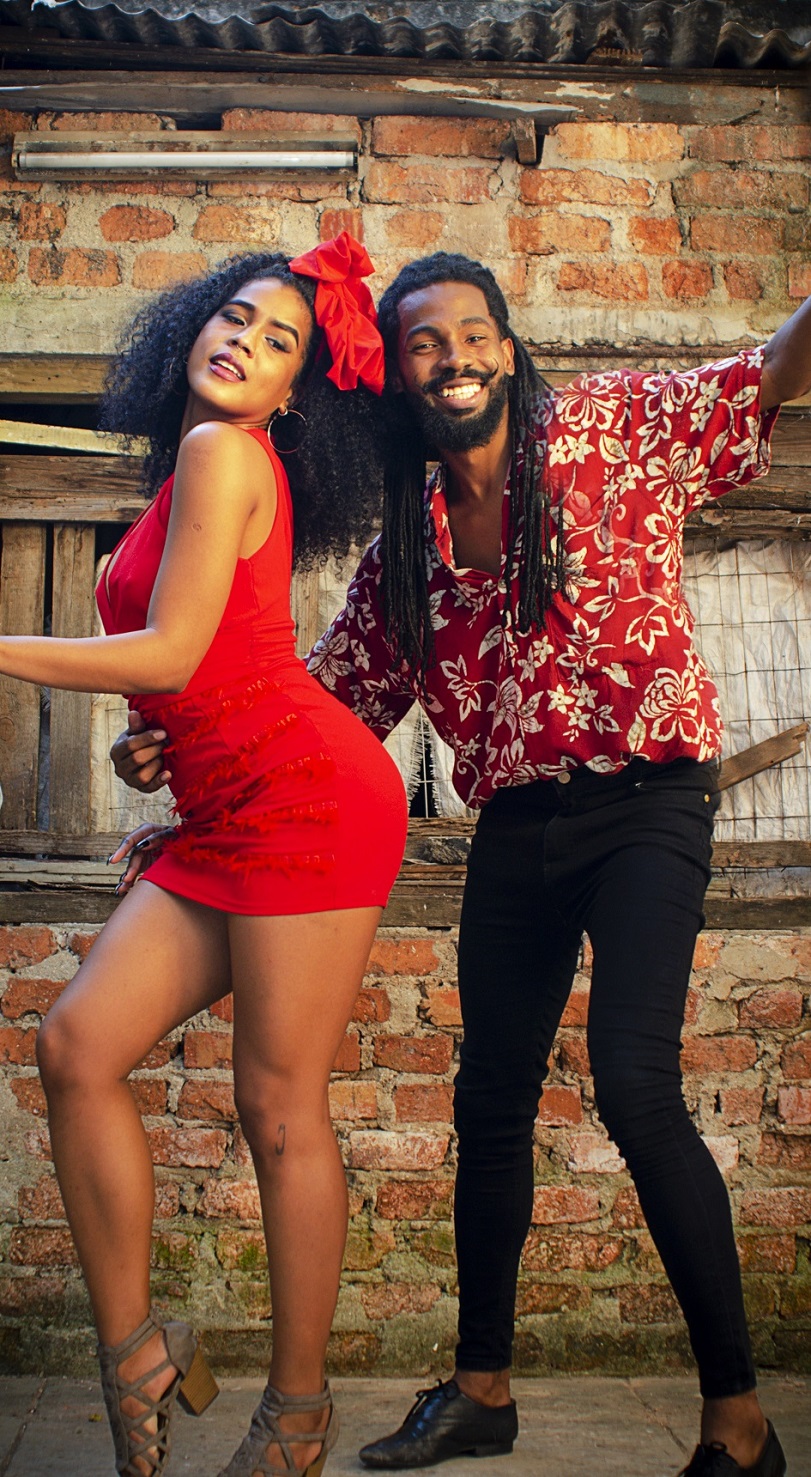
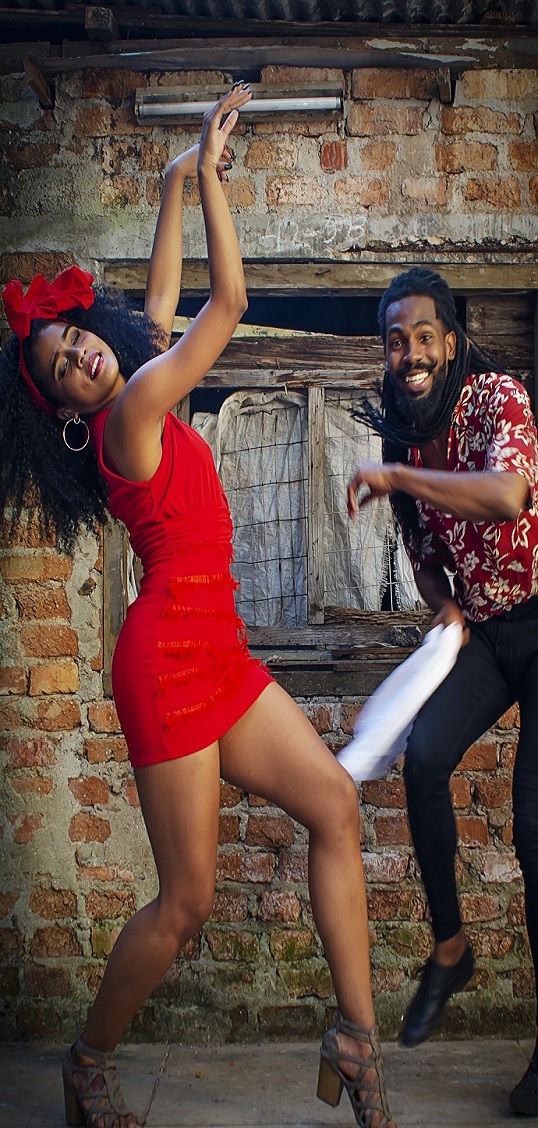
the man chases
the woman
with highly
erotic movements
Yambú, Columbia and Guaguancó
Like Columbia, Yambú has its origin in the Matanzas province, more specifically, in the humble neighborhoods of its urban and suburban areas.
Listed as one of the oldest forms of rumba, its birth and development is between the last decade of the 19th century and the first decade of the 20th century. The legendary neighborhood “Las Alturas de Simpson” (Simpson’s Heights) is considered the main source of musicians and performers of this rhythm.
In Matanzas and its outskirts, the sides emerged, which were groups composed mainly of rumberos. Some names of these societies were The Blue Side, Congos from Angunga, The Golden Clave and The New India, among others.
In Yambú, the dance is represented by a couple and it is characterized by strong sensual overtones.
The old groups of yambú in the city of Matanzas were well-known improvisers and had a tumbadora and a fifth, which was nothing more than a wooden box on which the touches were improvised. To this group of musicians was also added a “spoon player”.
The vocalization was characterized by the performance of short melodies in a major way and it was performed by a choir and a soloist.
Columbia with Congolese roots arose in rural areas located south of the province of Matanzas, in the first decade of the 20th century, specifically in the surroundings of the town Unión de Reyes. Its origin is linked to black day laborers who were employed to work in sugar cane mills. These workers, once the day was over, indulged in the “touches” of the rumba at the festivals in those places.
Throughout its history, the genre featured important dancers, such as José Rosario Oviedo, known by the nickname “Malanga”, who developed a peculiar style by marking the peals of music while he was playing with a barrel ring between his hands and feet, this without missing the beat.
Columbia is related to bembé, a particular Afro-Cuban rhythm and Yoruba celebration. It is the fastest and youngest of the three moments of the rumba. As a dance it is performed only by elements of the male sex, sometimes including the use of knives.
Guaguancó originated in Havana, coinciding with the abolition of slavery on the island in 1886. It contains a fusion of various profane Afro-Cuban rituals. It is usually interpreted with three tumbadoras and by a type of wooden box struck with chopsticks or with the hands, called a drawer. Percussionists are joined by a choir that responds to a soloist. The dancers present a choreography in which the man chases the woman with highly erotic movements. Although she rejects it at first, in the end she consents. This act, which represents the “conquest” of the man to the woman, is called the “vaccinated”.
Guaguancó is the result of a syncretism of African and Spanish influences. This last presence is especially noticeable by the use of texts based on tenths. According to Mongo Santamaría, famous rumbero, guaguancó arose when Afro-Cubans tried to sing flamenco.

READ MORE ABOUT DANCES
_____________________________________________________
INFORMATION
EMAIL: info@dancingcuba.com

